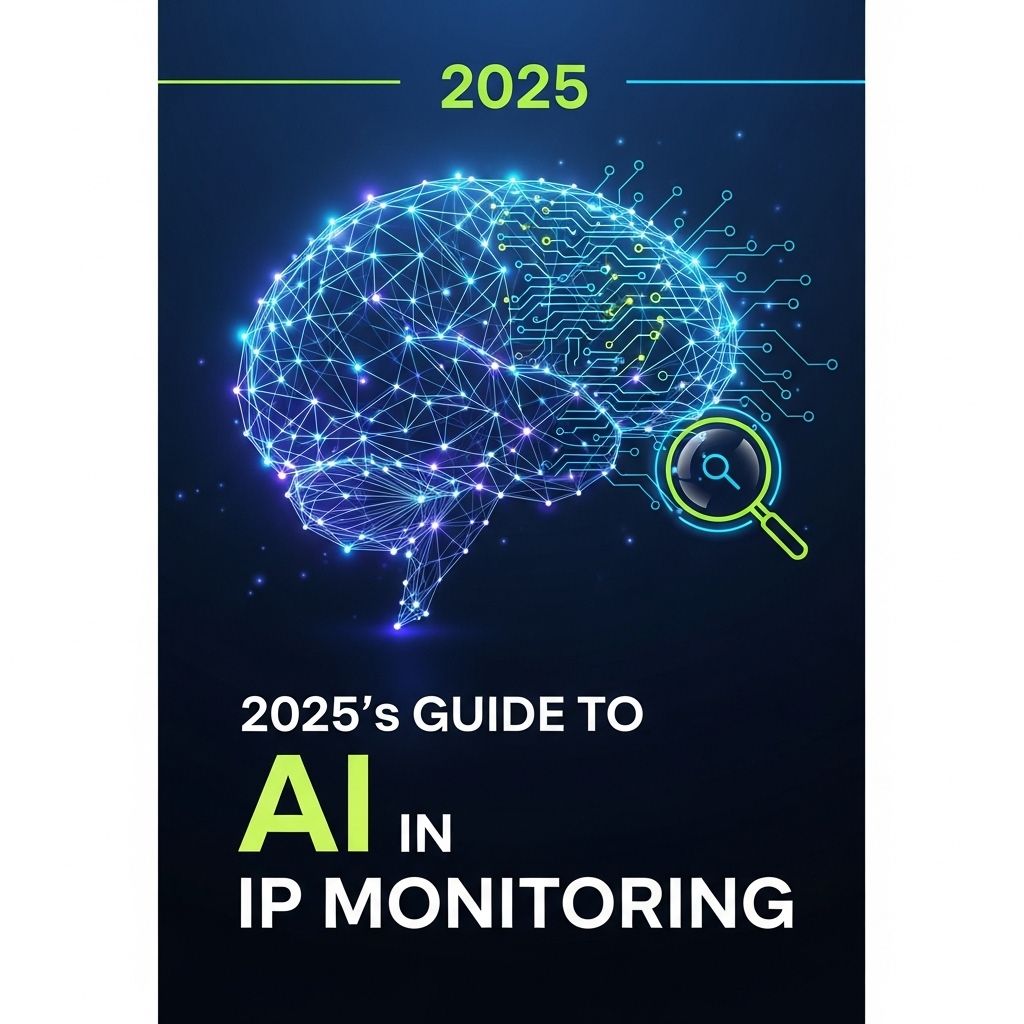Unlock Efficiency: SAML and SSO for Enterprises
Discover how SAML and SSO can enhance efficiency in enterprises by streamlining user authentication and improving security.

In today’s fast-paced digital ecosystem, enterprises face a growing demand for streamlined access to various applications and services. With the increasing complexity of managing user identities across multiple platforms, technologies like Security Assertion Markup Language (SAML) and Single Sign-On (SSO) have emerged as pivotal solutions. These technologies not only simplify user authentication but also enhance security and productivity within organizations.
Table of Contents
Understanding SAML and SSO
SAML is an open standard for exchanging authentication and authorization data between parties, primarily between an identity provider (IdP) and a service provider (SP). This framework allows users to authenticate once and gain access to multiple applications without needing to log in again for each service. This process is known as Single Sign-On (SSO).
Key Components of SAML
To fully grasp how SAML works, it is important to understand its main components:
- Identity Provider (IdP): The entity that authenticates users and provides SAML assertions (authentication statements).
- Service Provider (SP): The application or service that users want to access.
- SAML Assertion: The XML-based message that contains the authentication and authorization information.
- SAML Protocol: The methods used to transfer SAML assertions between the IdP and SP.
Benefits of Implementing SAML and SSO
Implementing SAML and SSO in enterprise environments can yield significant benefits:
1. Improved User Experience
Users appreciate the convenience of logging in once and gaining access to all their required applications without repeated password entries. This seamless experience can lead to higher user satisfaction and productivity.
2. Enhanced Security
With SSO, enterprises can enforce stronger security practices:
- Reduced password fatigue leads to stronger password choices.
- Single point of access reduces the attack surface.
- Multi-factor authentication (MFA) can be easily implemented at the IdP level.
3. Simplified User Management
IT departments can manage user access more efficiently, allowing for:
- Simplified user onboarding and offboarding processes.
- Centralized management of user permissions and access rights.
- Reduced administrative overhead in managing multiple credentials.
4. Regulatory Compliance
Many industries face strict regulatory requirements regarding data security and user privacy. Implementing SAML and SSO can help organizations comply with regulations like GDPR, HIPAA, and PCI-DSS by providing centralized access control and audit trails.
Challenges and Considerations
While the benefits of SAML and SSO are compelling, enterprises must also consider potential challenges:
1. Implementation Complexity
Integrating SAML with existing systems can be complex and may require expertise. Enterprises should:
- Assess existing infrastructure compatibility.
- Allocate sufficient time and resources for implementation.
- Consider professional assistance or training if necessary.
2. Dependency on the IdP
As SSO creates a single point of authentication, organizations become reliant on the IdP. If the IdP experiences downtime or breaches, it can affect all connected services. Mitigation strategies include:
- Choosing a reliable IdP with strong SLAs.
- Implementing redundancy and backup authentication methods.
3. User Education
To maximize the benefits of SAML and SSO, employees must understand how to use these systems effectively. Key focus areas for training should include:
- How to recognize phishing attacks.
- Best practices for password management.
- Steps to take if they encounter login issues.
Implementation Steps for SAML and SSO
Enterprises looking to implement SAML and SSO can follow a structured approach:
Step 1: Requirements Gathering
Identify business goals and requirements. Understand which applications need to support SSO and the user base involved.
Step 2: Select an IdP
Choose an Identity Provider that meets your organization’s security and scalability needs. Popular IdP solutions include:
| Identity Provider | Key Features |
|---|---|
| Okta | Multi-factor authentication, user management |
| Amazon Cognito | Integration with AWS services, user directory |
| Azure Active Directory | Cloud-based identity management, integration with Microsoft services |
Step 3: Configure SAML Settings
Configure your IdP and SP with appropriate SAML settings, including:
- Entity IDs
- Endpoints for SAML requests and responses
- Certificate management for secure communications
Step 4: Testing
Conduct thorough testing to ensure seamless integration between the IdP and SP, verifying that:
- Users can log in successfully.
- Access to applications is appropriately granted.
- Security policies are enforced as expected.
Step 5: Rollout and Monitoring
After successful testing, proceed to a full rollout. Implement monitoring tools to track usage patterns and potential security incidents.
Conclusion
The adoption of SAML and SSO represents a significant advancement in the way enterprises manage user authentication and access control. By embracing these technologies, organizations can not only improve user experience and security but also streamline administrative processes and ensure compliance with regulatory standards. As businesses continue to expand and diversify their digital offerings, leveraging SAML and SSO will be fundamental to maintaining efficiency and security in a complex landscape.
FAQ
What is SAML and how does it work?
SAML, or Security Assertion Markup Language, is an XML-based framework that allows for secure single sign-on (SSO) between an identity provider and a service provider. It enables users to authenticate once and gain access to multiple applications without needing to log in again.
What are the benefits of implementing SSO in enterprises?
Implementing SSO in enterprises enhances user convenience by reducing password fatigue, improves security through centralized authentication, and lowers IT costs associated with password resets and security breaches.
How does SAML enhance security for organizations?
SAML enhances security by allowing organizations to utilize strong authentication methods and reducing the attack surface associated with password management. It supports multi-factor authentication (MFA) and minimizes credential theft risks.
Can SSO be integrated with existing enterprise applications?
Yes, SSO can be integrated with existing enterprise applications through SAML, OAuth, or OpenID Connect protocols, allowing seamless access across various platforms and services.
What are the challenges of implementing SSO and SAML?
Challenges of implementing SSO and SAML include ensuring compatibility with legacy systems, managing user identities across multiple applications, and addressing security concerns related to single points of failure.
Is SAML suitable for all types of businesses?
Yes, SAML is suitable for businesses of all sizes, particularly those with multiple applications and users that require secure access. It is widely used in sectors such as education, healthcare, and enterprise software.







